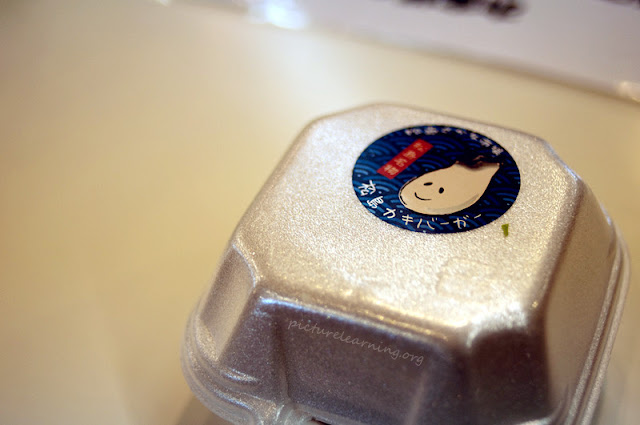picturelearning Wishes You HAPPY NEW YEAR 2013
Sunday, December 30, 2012
0
comments
Dear Readers,
It has been a long time since I last posted.
Unfortunately, I was not able to finish the Autumn Series. I had them prepared until West Japan but not further down south to Kyushu.
Anyway, I am glad that I was able to covered more than half of Japan.
Recently, work has caught up and occupied most of my time, thus lesser time for blogging.
Anyway, I am so happy that many has gave me encouragement and I am glad that my blog has benefited and entertained many people.
I will try my best to at least publish 1 post per month. Whenever I have more time, I will publish more and I hope you will like it.
By the way, notifications like this will be published in the Facebook Fan Page.
http://www.facebook.com/pages/Learn-Japanese-Through-Pictures/313588412049985
I hope you will LIKE my FACEBOOK Fan Page.
I will update all my fans through my fan page from now on.
Before ending this, I wish all my readers a HAPPY NEW YEAR 2013.
May you be healthy and happy always!
Regards,
jonway@picturelearning.org
read more...
It has been a long time since I last posted.
Unfortunately, I was not able to finish the Autumn Series. I had them prepared until West Japan but not further down south to Kyushu.
Anyway, I am glad that I was able to covered more than half of Japan.
Recently, work has caught up and occupied most of my time, thus lesser time for blogging.
Anyway, I am so happy that many has gave me encouragement and I am glad that my blog has benefited and entertained many people.
I will try my best to at least publish 1 post per month. Whenever I have more time, I will publish more and I hope you will like it.
By the way, notifications like this will be published in the Facebook Fan Page.
http://www.facebook.com/pages/Learn-Japanese-Through-Pictures/313588412049985
I hope you will LIKE my FACEBOOK Fan Page.
I will update all my fans through my fan page from now on.
Before ending this, I wish all my readers a HAPPY NEW YEAR 2013.
May you be healthy and happy always!
Regards,
jonway@picturelearning.org



















































